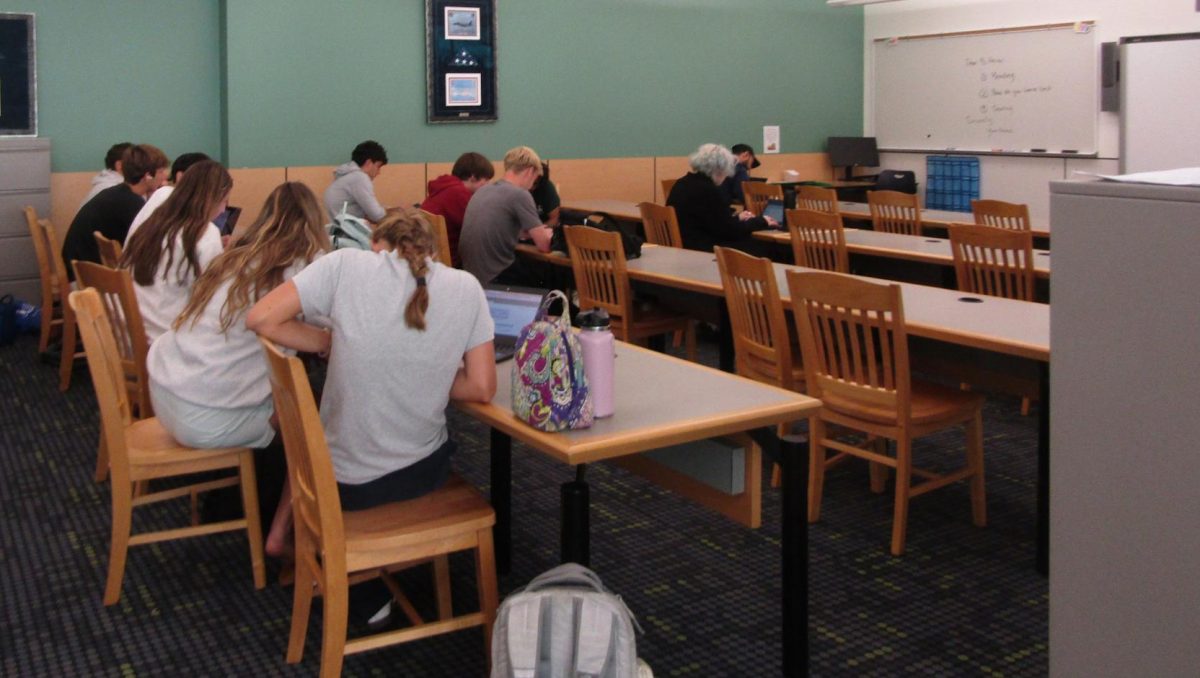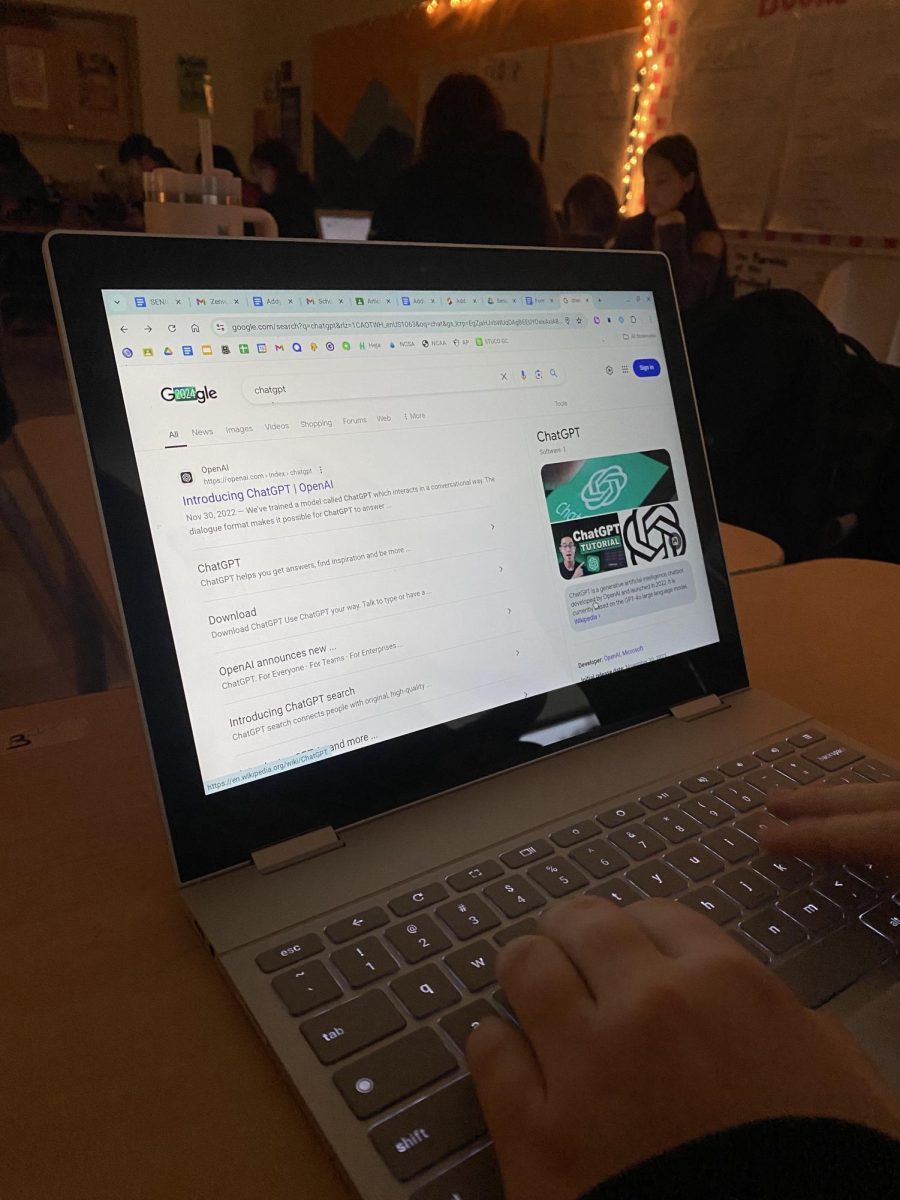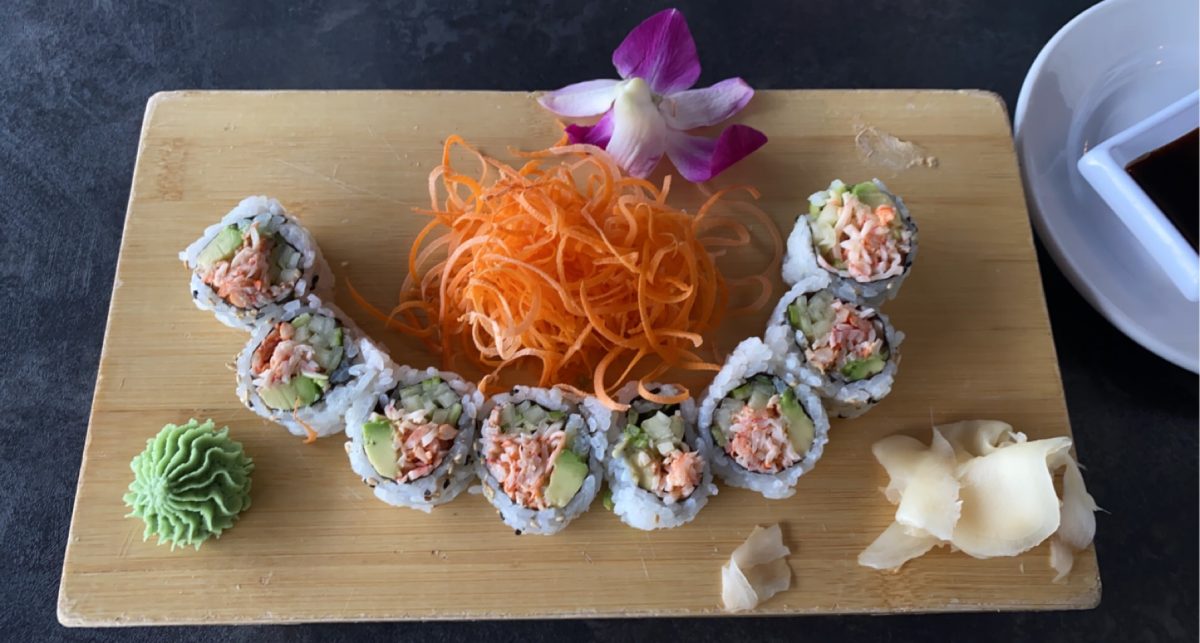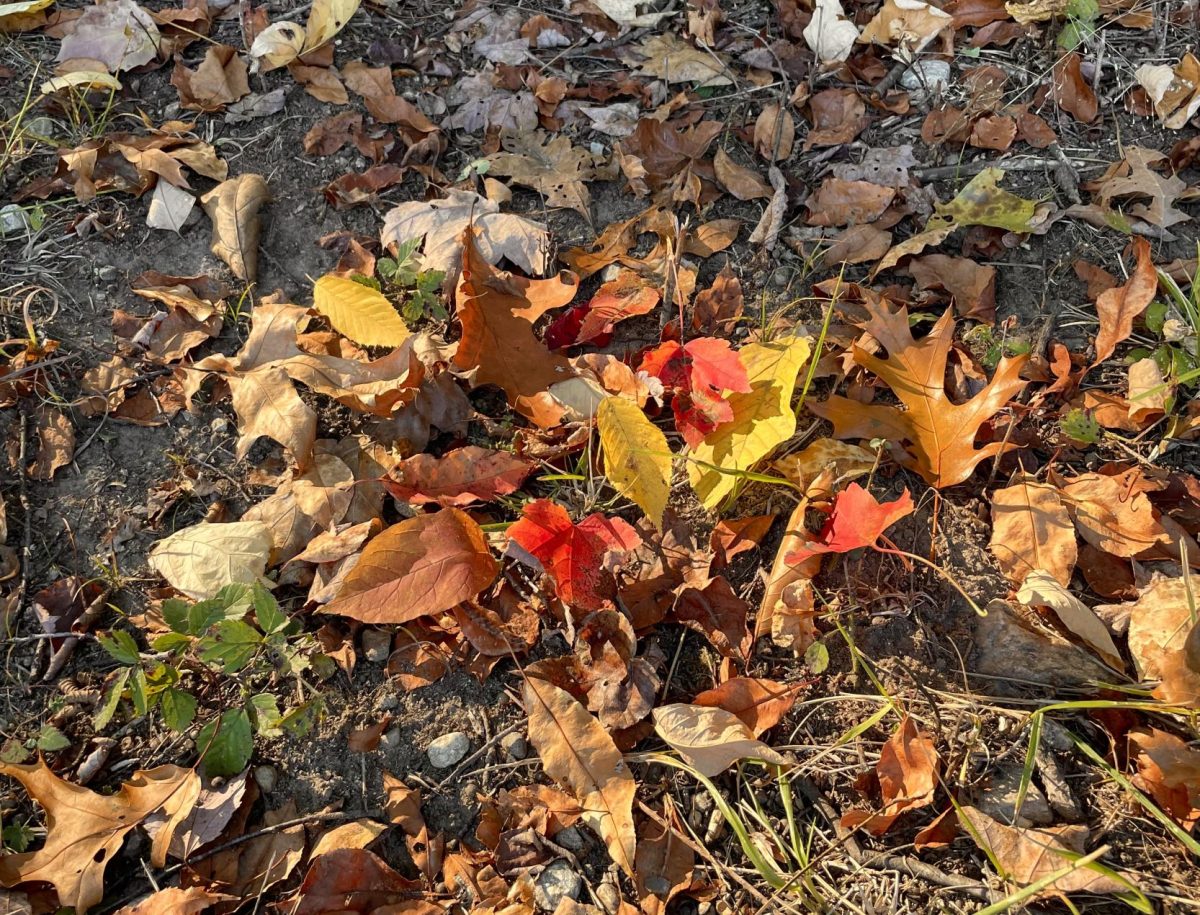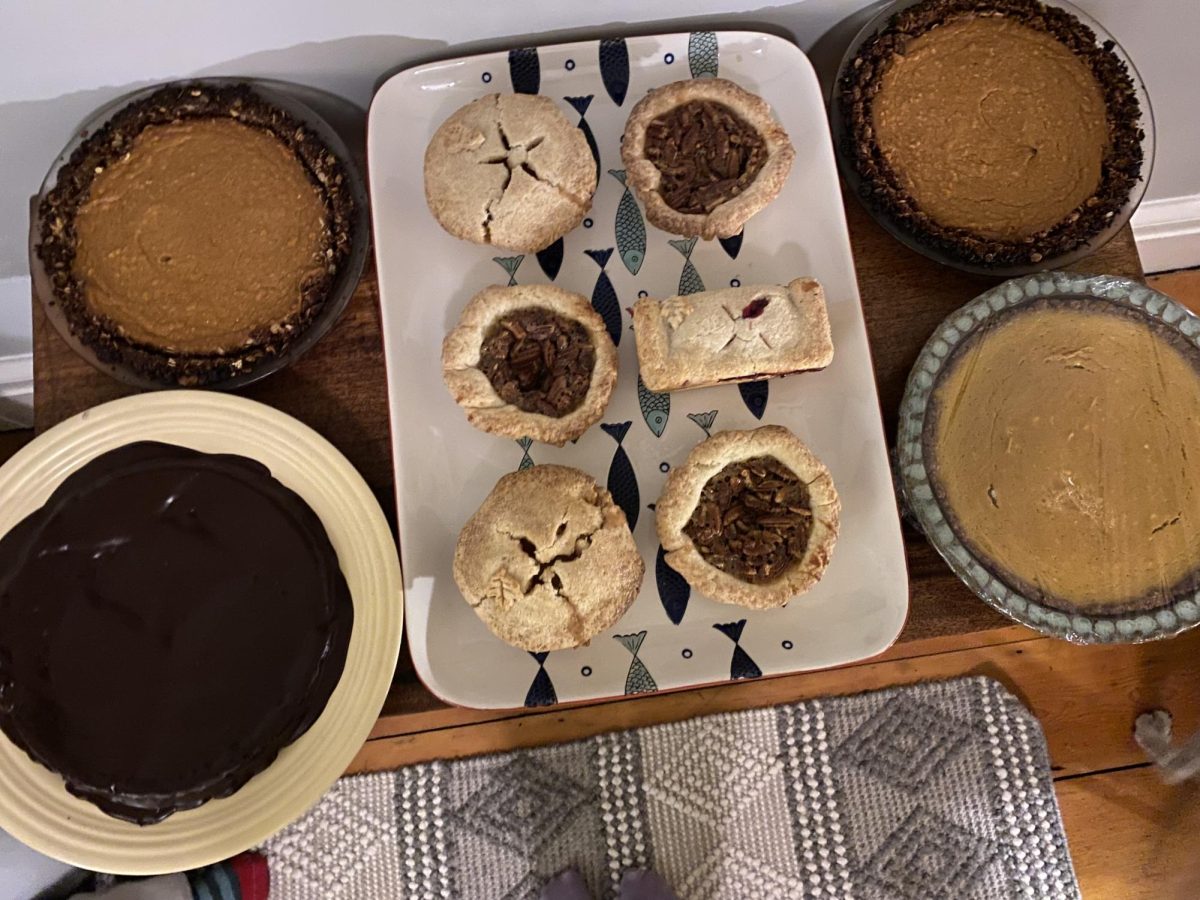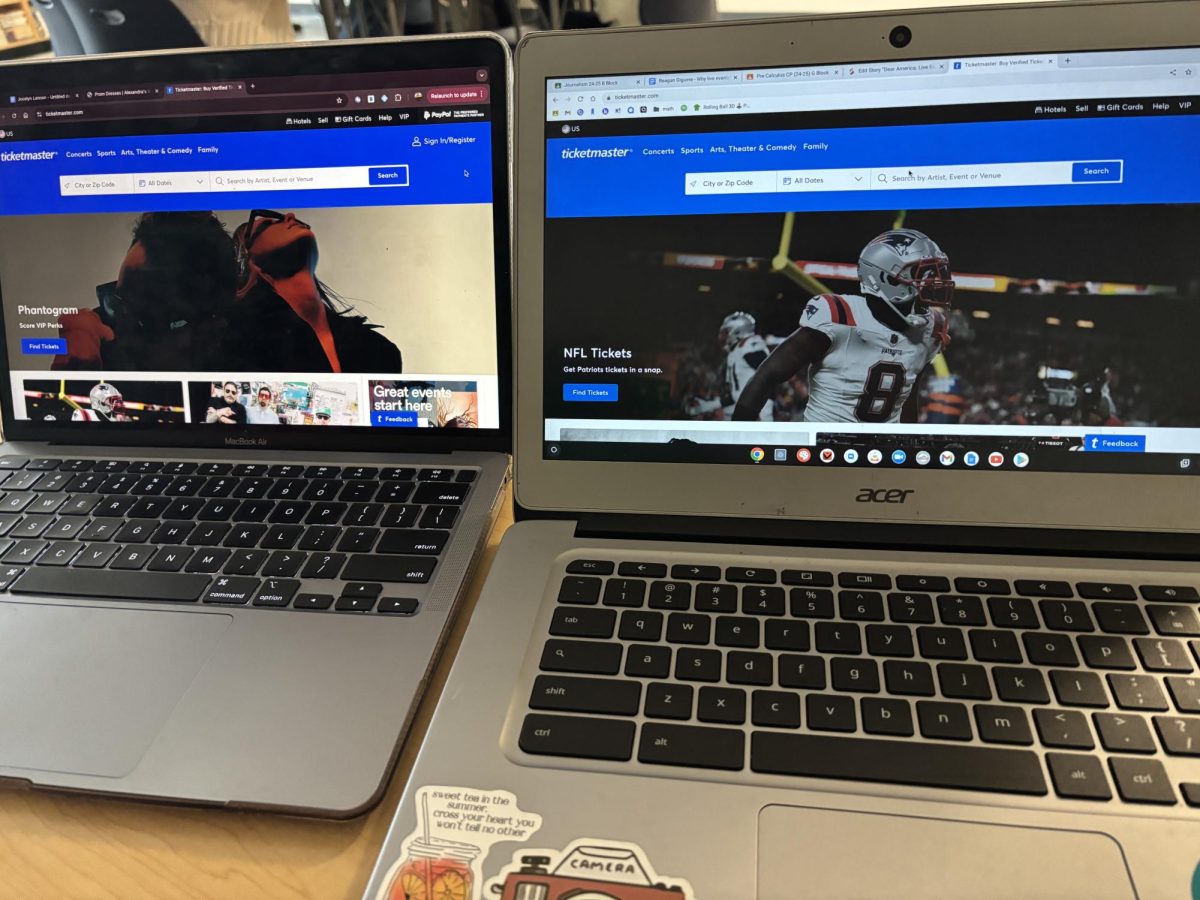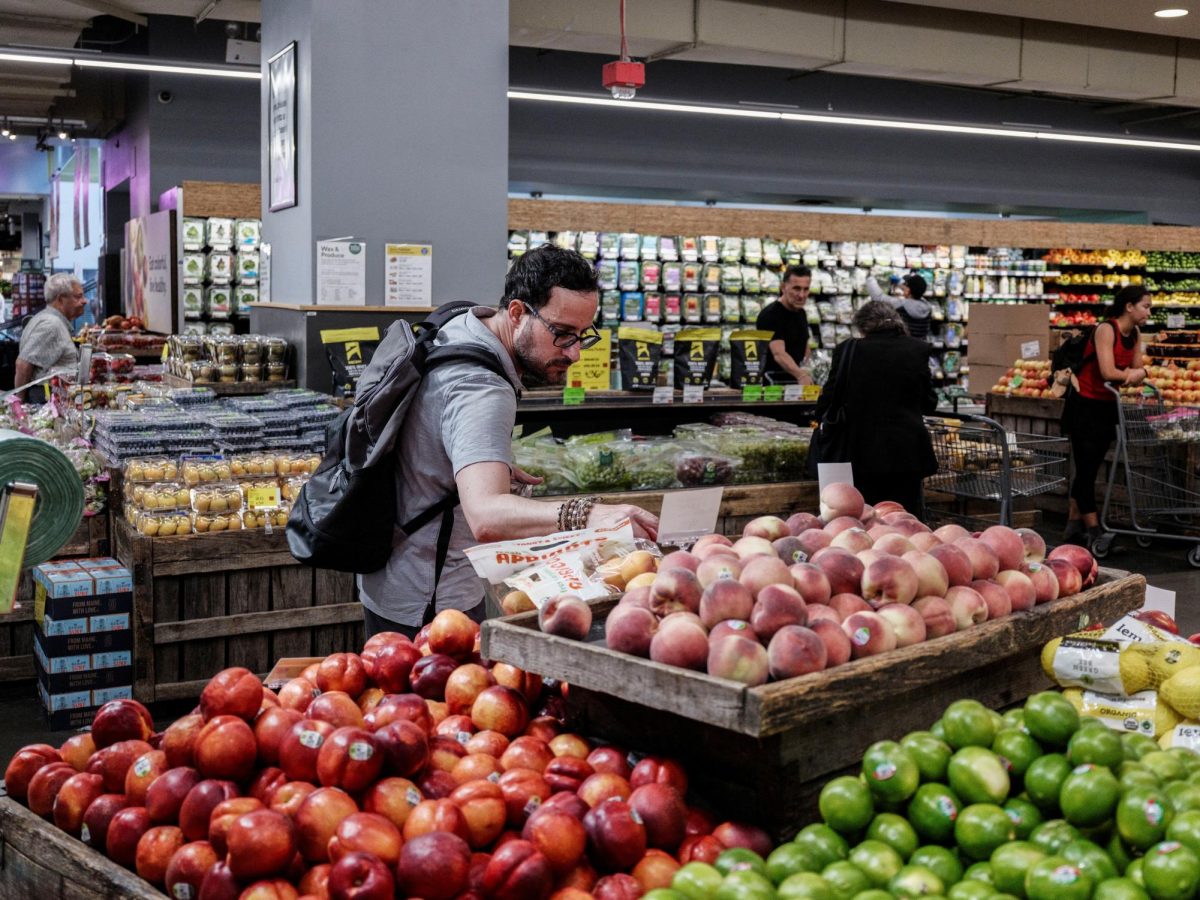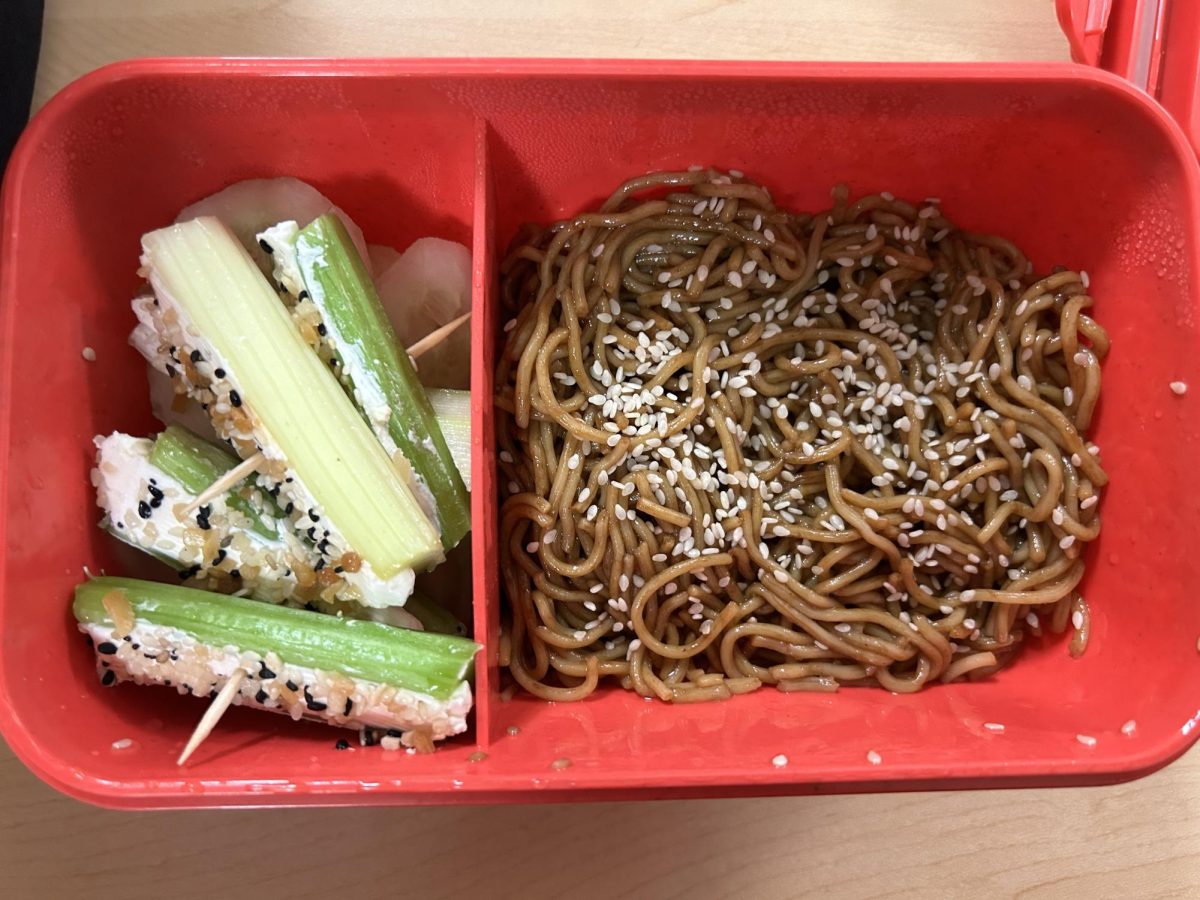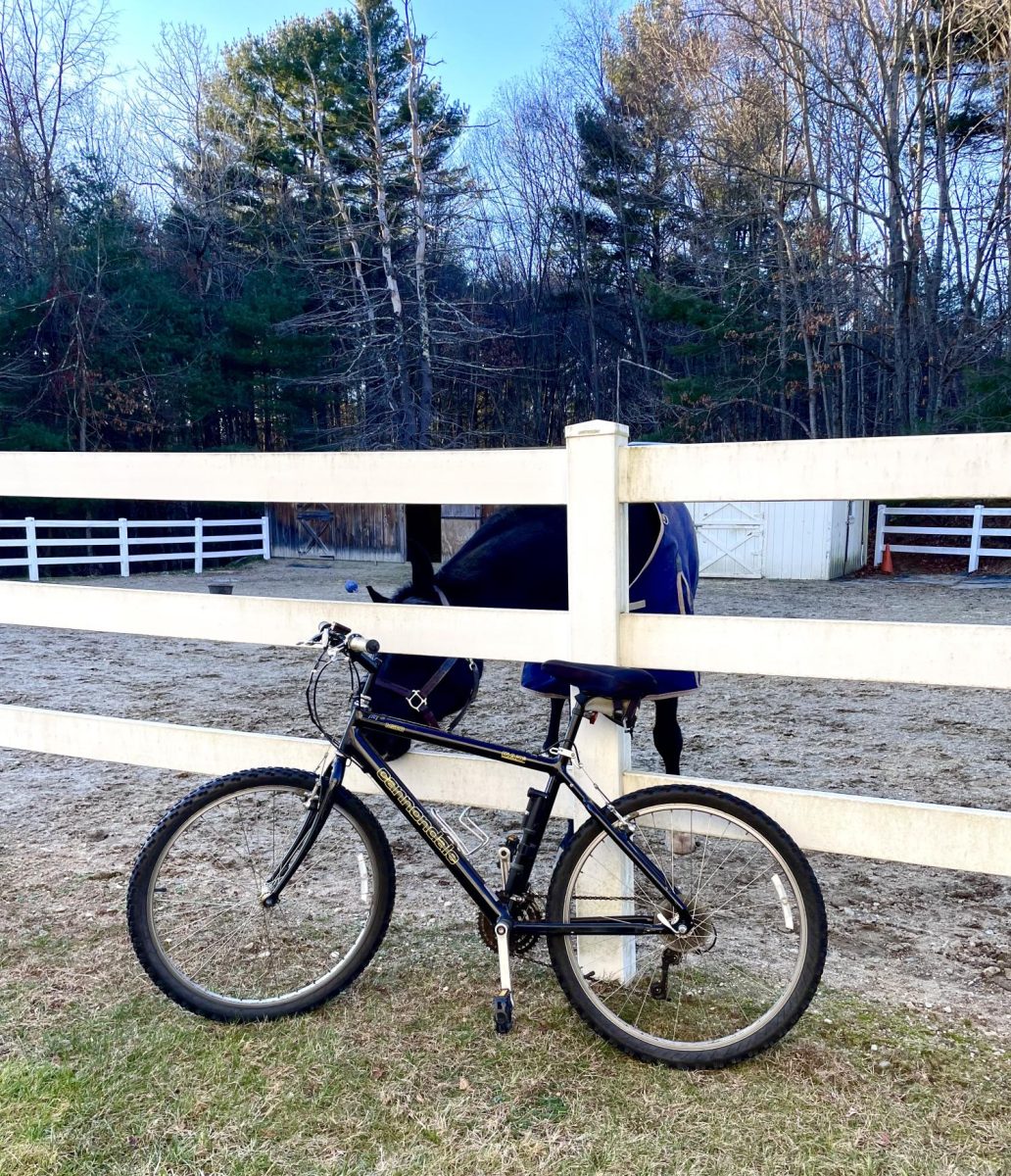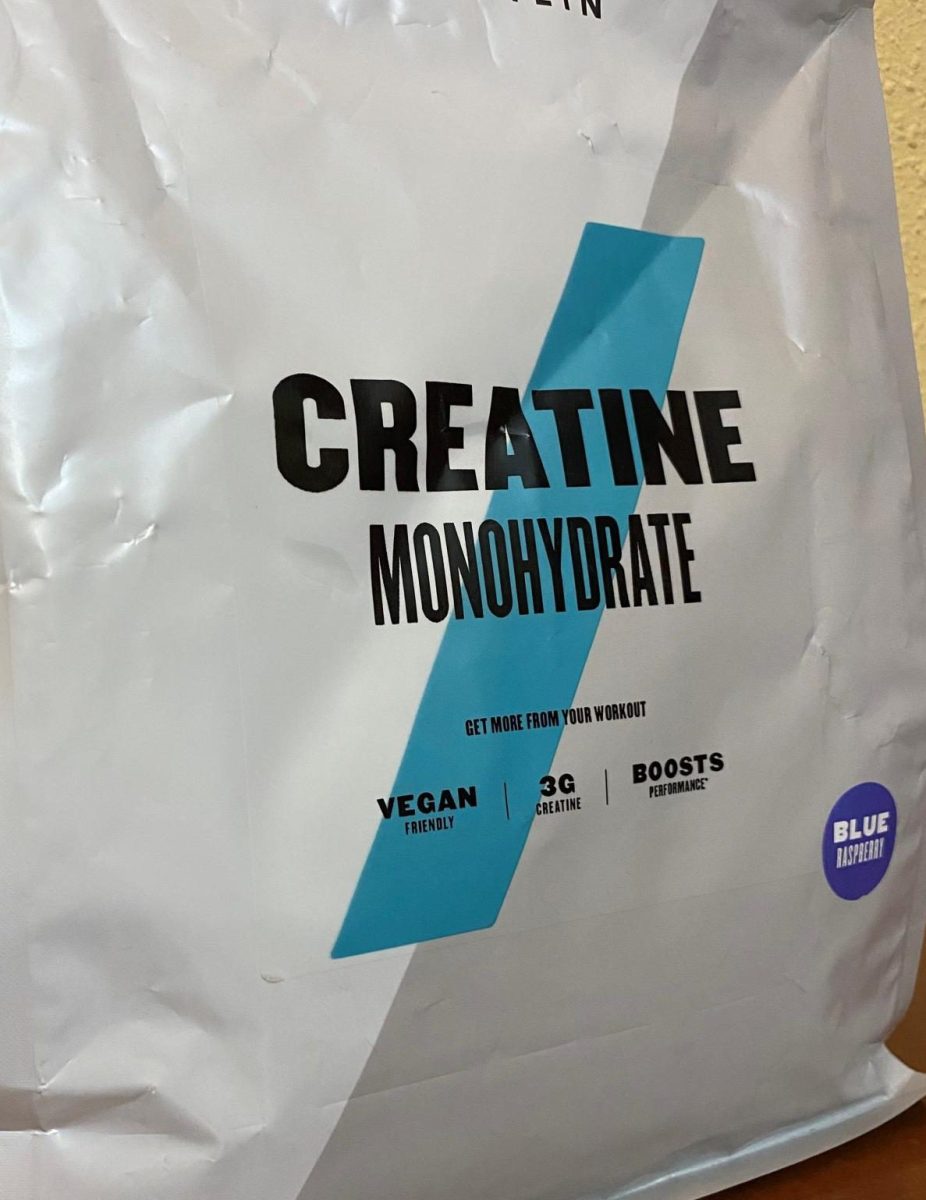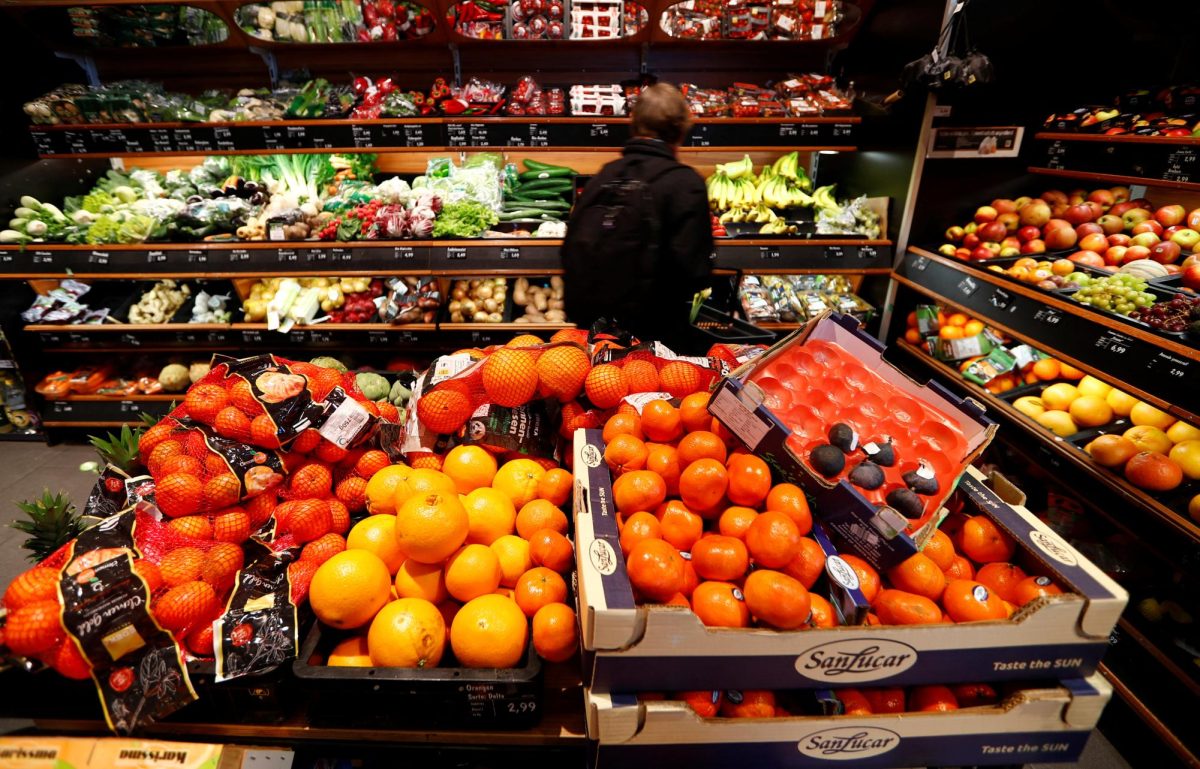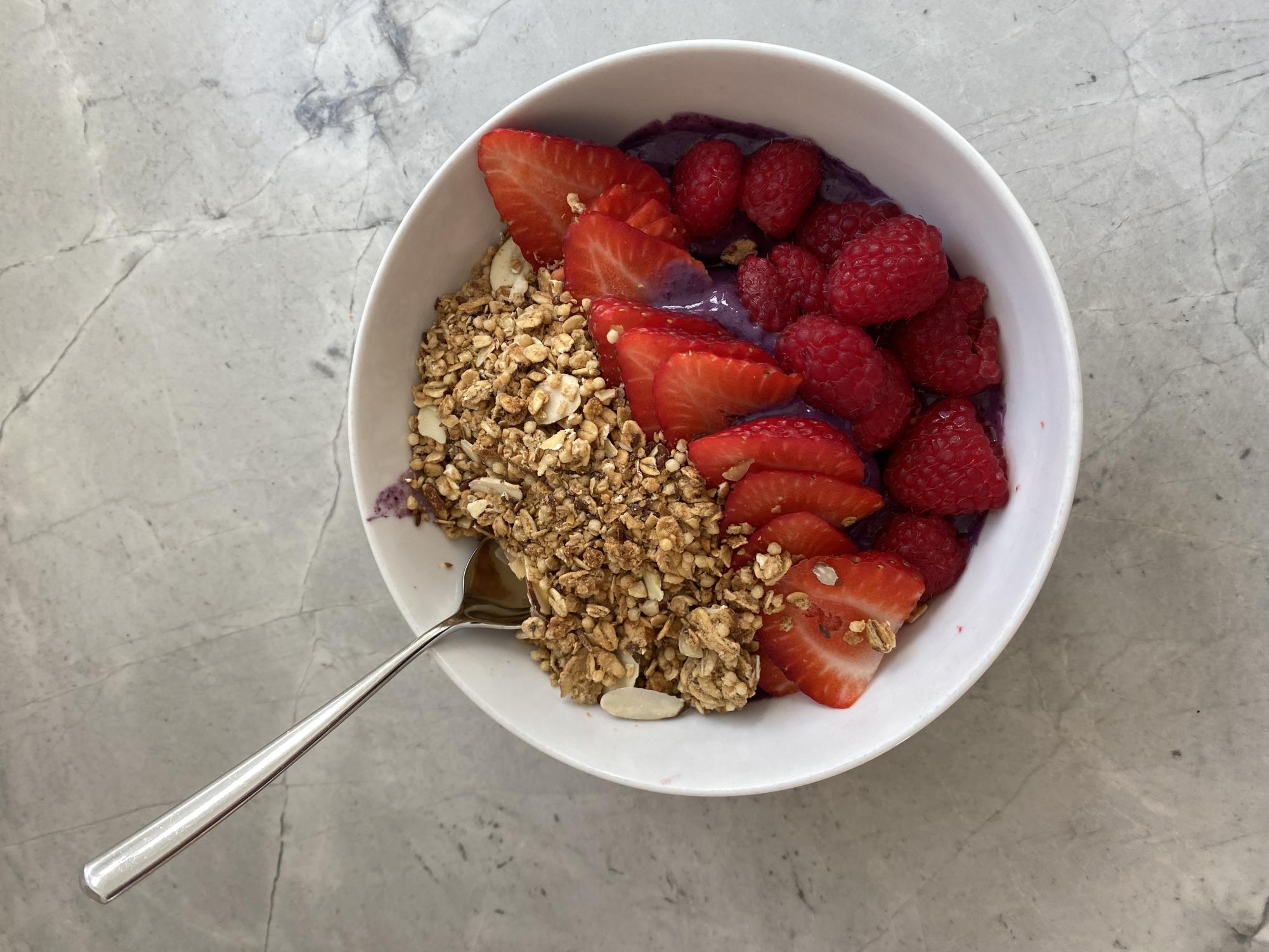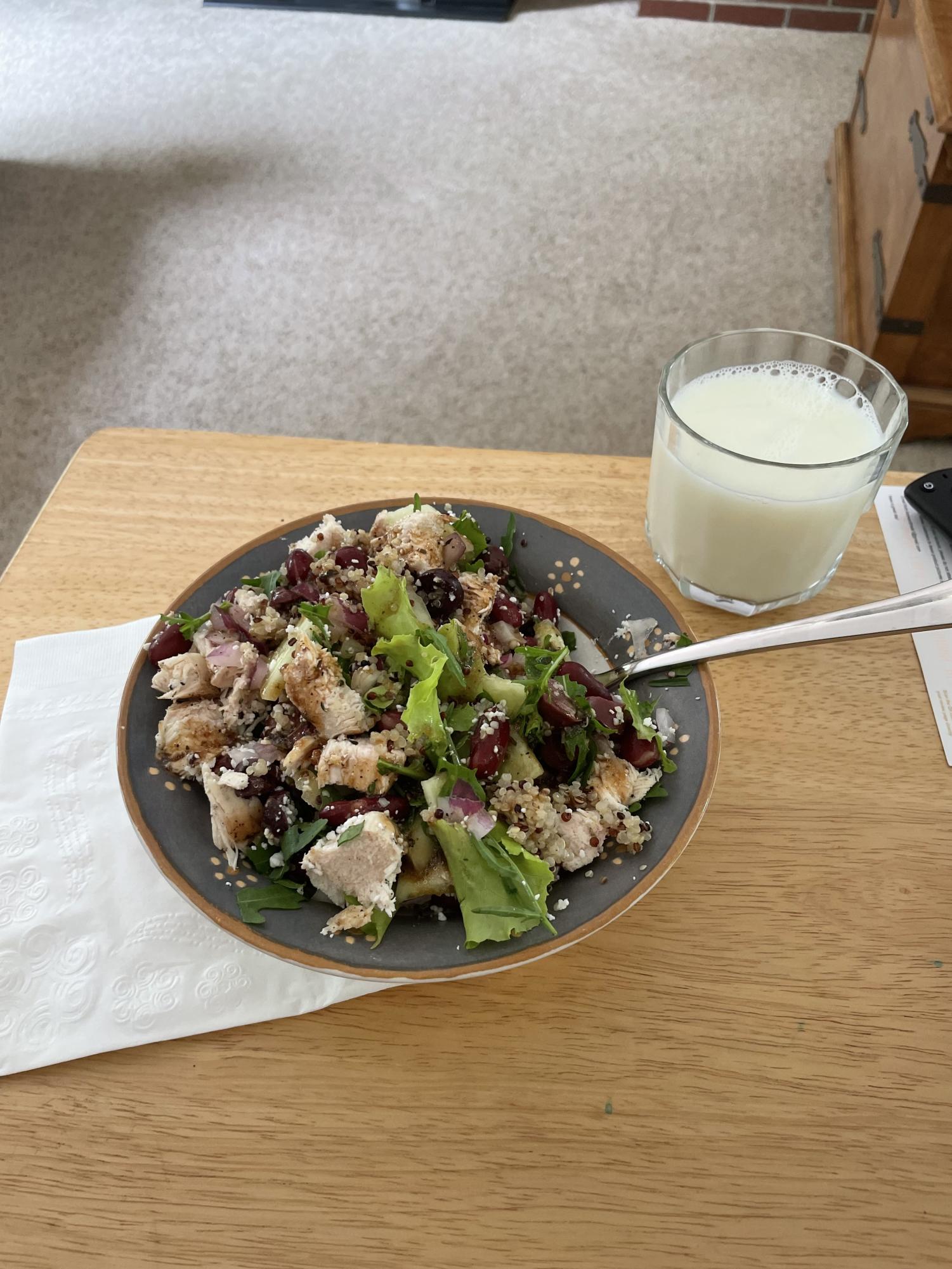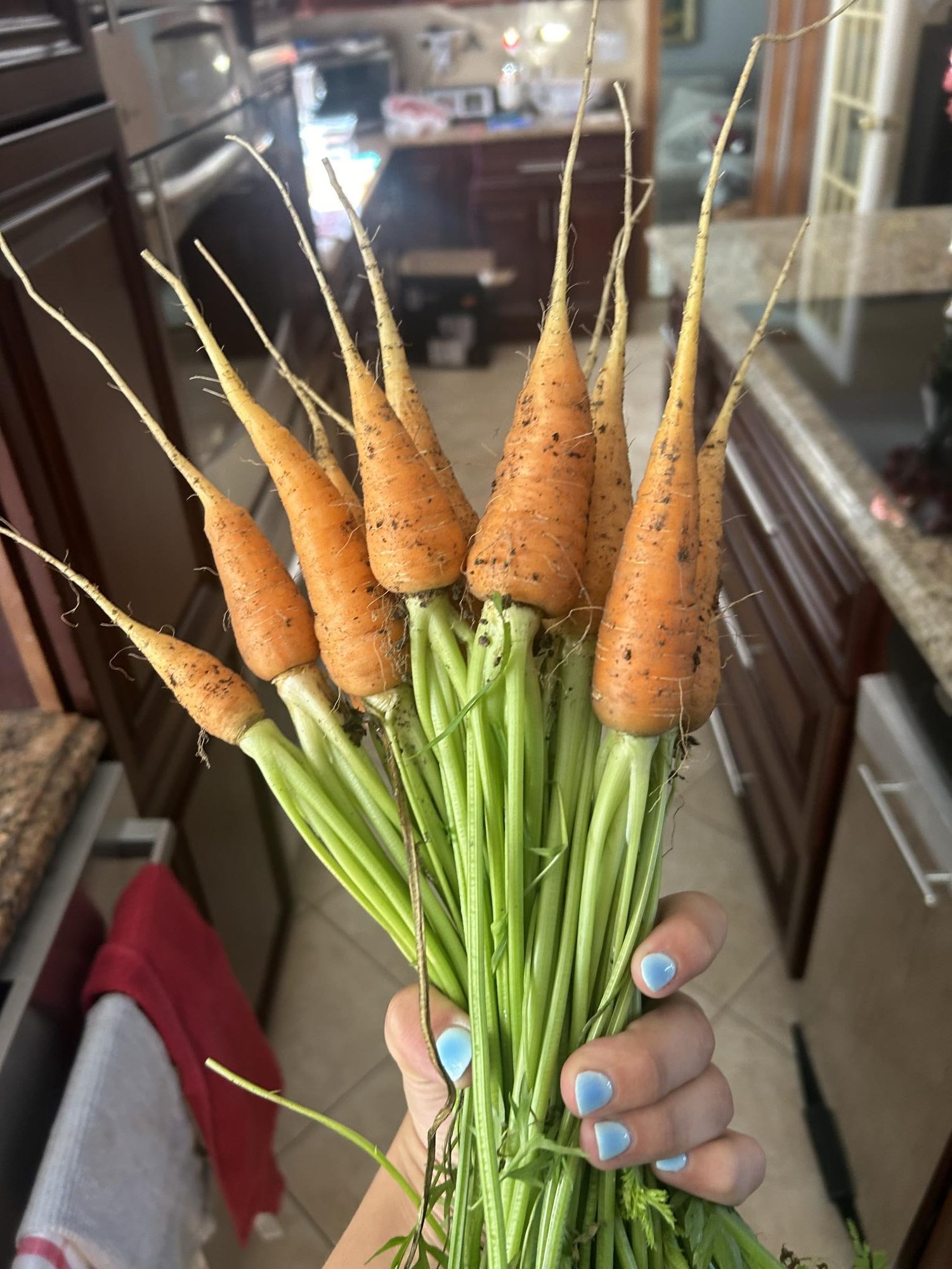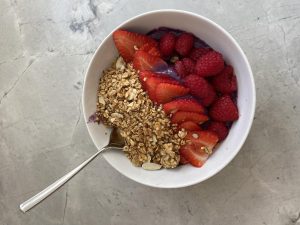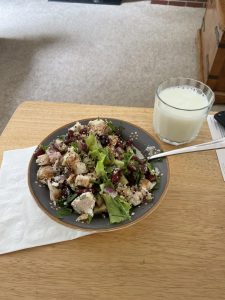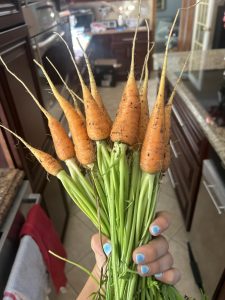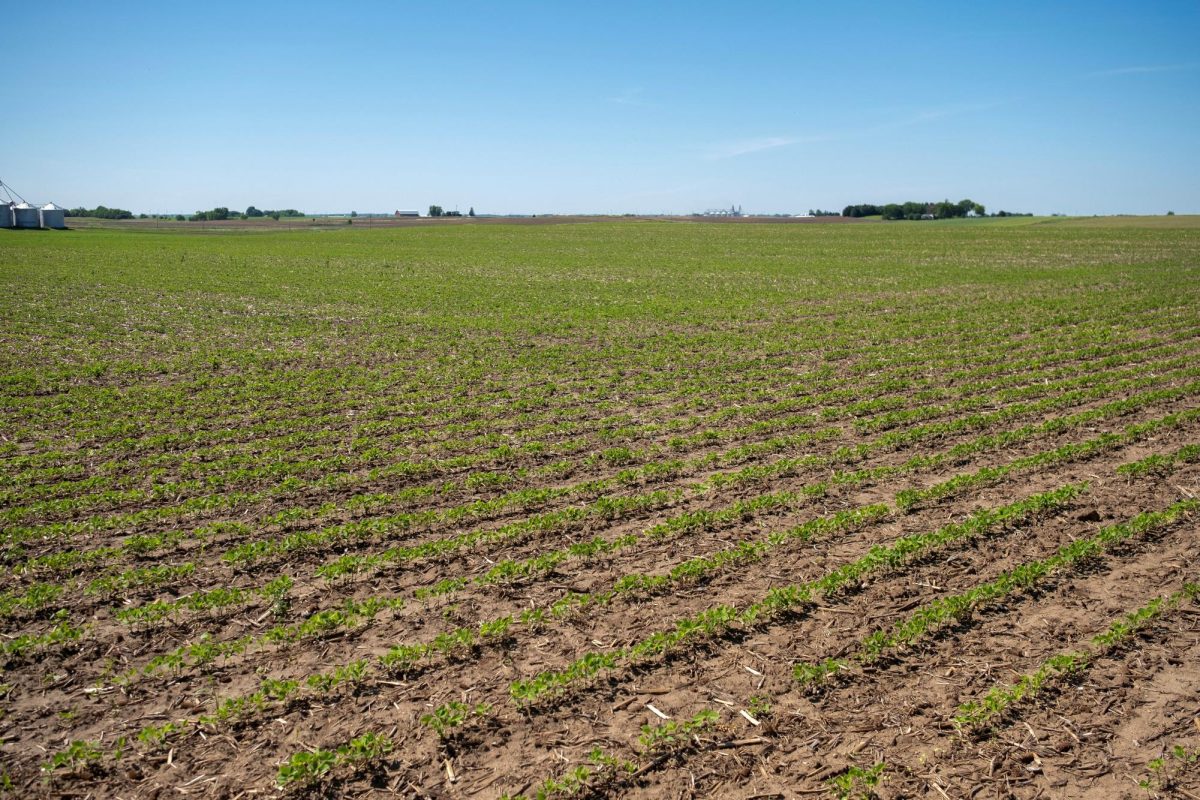No matter where we are in the world, someone is always eating, whether it’s a quick snack or a meal. Grocery stores are always filled with yummy snacks and frozen foods. When we aren’t buying food, it’s a quick thing for dinner like a fast food cheeseburger or an easy sandwich. When we think about this effect and the type of diet that affects us, this can cause tons of health issues like obesity, heart disease, diabetes, and other metabolic diseases. To avoid these statistics and problems, we can start bringing more nature into our diet. This means eating more produce and whole grains.
Instead of eating produce on its own, we can start adding it to our main meals. This is a great way to get your source of nutrients and vitamins.
- Breakfast: Sliced bananas or berries can be added to yogurt or cereal, and vegetables can be included in smoothies and omelets.
- Lunch: You can choose a variety of different salads or delicious vegetables for a wrap or in a sandwich, you can add fruits on the side of your sandwiches or enjoy a yummy fruit salad.
- Dinner: You can add cucumbers and potatoes to your dinner meal for the side of your main course. And for fruit, you can add strawberries to your yummy green salads.
- Snacks: Having fruit around the house like in a bowl or cut up in the fridge is a fantastic idea, quick and easy-to-eat snacks are amazing and delicious. Try enjoying something with the vegetables, like hummus or a yummy dip.

You can also try some new recipes that include lots of fruits and vegetables, great recipes to try are foods like ratatouille, stuffed peppers, and rainbow veggie cauliflower pizza. Lots of desserts have yummy fruits like strawberry shortcakes and apple pies.
By growing produce, you can start with a small garden and hopefully update to a year-round garden, filled with tons of vegetables and fruits. Daily fruits and vegetables like sweet strawberries, tomatoes, and yummy soft potatoes are great.
Start making a weekly plan to make sure every meal has a vegetable. Speak with your family about what they’d like to eat and be sure to ask what vegetables they enjoy. This can allow you to figure out what they would eat, and what they wouldn’t. During this time you can find new recipes to try and use those leftovers in the fridge. Making your grocery list as you think of ideas is an excellent way to remind yourself of what you are making and if you need the ingredients.
Dehydrating your fruits is an excellent way to prevent them from quickly growing old and preserve that sweet and flavorful taste that everyone loves. It’s extremely easy to make at home and doesn’t take that long. Dehydrated fruit and dried fruit are different but very similar. Dehydrated fruit has its water completely removed through a slow evaporation process. This makes the fruit dense and chewy. This is a fantastic snack that also gives you tons of nutrients.
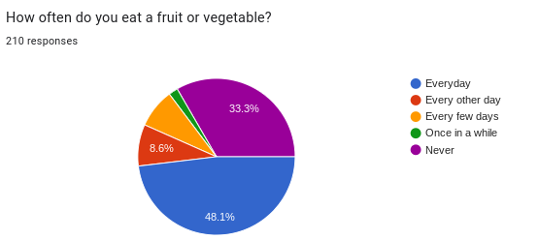
Statistics show that most students consume fruits and vegetables either every day or never. Around half of our students eat them from the cafeteria or by packing their own meals.
If you need to eat on a budget, no worries! Buying fresh fruits and vegetables during the seasons they are best grown in is best for the environment and much cheaper. Eating in-season food doesn’t need to travel through as many gasses. When we eat in-season foods, they are often less expensive and better looking. You can look for sales on these produce in your area and get a fantastic deal. Buying canned or frozen fruits and vegetables are often just as nutritious as regular fresh produce, just be sure to look for them to be canned in water or natural juices without any added sugars or salts. If you were to partake in these things, your life would change drastically, lowering the risk of heart problems, and blood issues.



